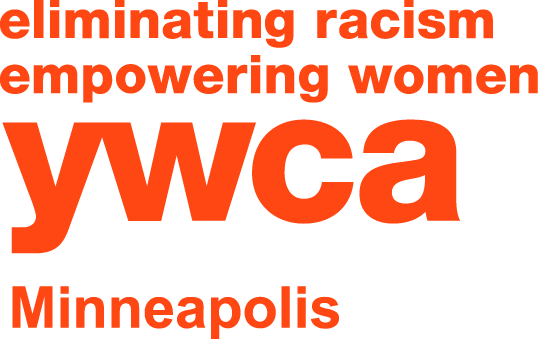
Frequently Asked Questions
YWCA Women’s Triathlon is better organized and more enjoyable when participants know as many details as possible.
If you don’t see an answer to your question, please email us.
How can I contact YWCA Minneapolis?
Mail:
YWCA Minneapolis Women’s Triathlon
2121 East Lake Street
Minneapolis, MN 55407
Email: triathlon@ywcampls.org
Registration
-
There is no waitlist available. Please join our Facebook page. Participants can post if they would like to transfer before June 30.
-
Our race does not offer deferrals or refunds. We cannot offer refunds if the race is canceled due to situations beyond the control of YWCA Minneapolis.
We know unforeseen medical circumstances occur. Please purchase race insurance if you would like to protect your race. You may also opt to transfer your bib to another racer on or before June 30. Transfers not completed by this date will not be valid.
Learn more about your options after registering on our timeline page.
-
All registration changes are due by June 30 at 11:59 pm. No exceptions.
Learn more about your options after registering on our race timeline page.
-
You have two options for standard packet pickup: Wednesday, Aug. 5, from 4-7 pm, at Racer and Volunteer Packet Pickup at Utepils Brewing, or Saturday, Aug. 8, from 10 am-6 pm at Lake Nokomis Main Beach.
If you cannot pick up your packet in the Saturday time window, please add on “Race Day Packet Pick Up” to your registration.
-
A “Buddy Group” is a two or more people who would like to race together.
After the initial registrant creates a team, everyone who would like to race together can join the team upon registration.
Buddies will start the race together and be allowed to rack their bikes together in transition. Athletes in this category will be eligible for individual prizes, but no prizes will be given to the buddy group.
All participants will do the full distance they registered for. This category is good for people who want to experience the race together.
-
No. Drafting on the bike is against USA Triathlon rules for both safety and fairness.
Most buddies just want to be together in the transition area and be in the same wave for camaraderie and support, but do most of the race by themselves.
Some buddies try to stay together and will wait for each other after the swim. They may stay together during the bike, but must stay far enough apart to not be drafting (three bike lengths between), and may not ride side by side (as this blocks other riders).
-
A Family Team is two people who want to compete as a team together such as sisters, mothers, nieces, aunts, wives and partners. Prizes will be given out to the top three family teams.
-
Two or three people will divide and conquer the three legs of the triathlon race. One person can complete 1 or 2 legs or split the distance between three separate racers. This option is available in the sprint distance category only.
Timing
-
We will be using chip timing, professionally managed by MTEC.
-
An RFID chip encoded with the athlete’s name and race number is attached to a strap that the athlete must wear securely around her ankle.
A “scanner,” located under mats and positioned at each transition (swim finish, bike start, bike finish, run start and run finish), “reads” the chip and records the time as each athlete steps on the mat.
Each timing chip is very valuable. Replacement cost in case of loss is the athlete’s responsibility and is $30.
-
No. The strap with the timing chip should be worn on the left ankle. Wearing it on an ankle helps ensure that its signal is properly read when you cross a timing mat.
The left ankle is important because if it is on the right ankle, it may rub or get caught on your bike’s chain ring.
-
If you lose your chip before the race starts, see race personnel to see if a replacement chip is available. You will be billed for the $30 replacement cost of the chip.
There are backup manual timers; however, it is impossible for them to always catch every participant. Thus, if you do not have a chip during the race, please do not expect to be timed.
-
Yes. Even if you do not care about your time, you must wear the timing chip while you are on the race course. It is an essential part of our safety measures to track everyone on course.
Swim, Bike, Run
-
We have volunteers on bikes with basic repair tools (called bike SAG) that can come help you during the race. It can take a while for them to get to you.
Learning how to fix a flat and do basic bike maintenance will make you feel more confident, not only on race day but for all the miles you’ll want to be training on your bike all summer. Reach out to your local bike shop!
-
No electrical power or assist is allowed. You would have to demonstrate that the battery is not on the bike at all.
Tandem or recumbent bikes are allowed only as adaptive equipment for racers with special needs. If you need special accommodations it should be listed in your registration, and please contact triathlon@ywca.mpls.org
-
A VIP race experience for those who register as a Champion, or fundraise to the level of a Champion.
